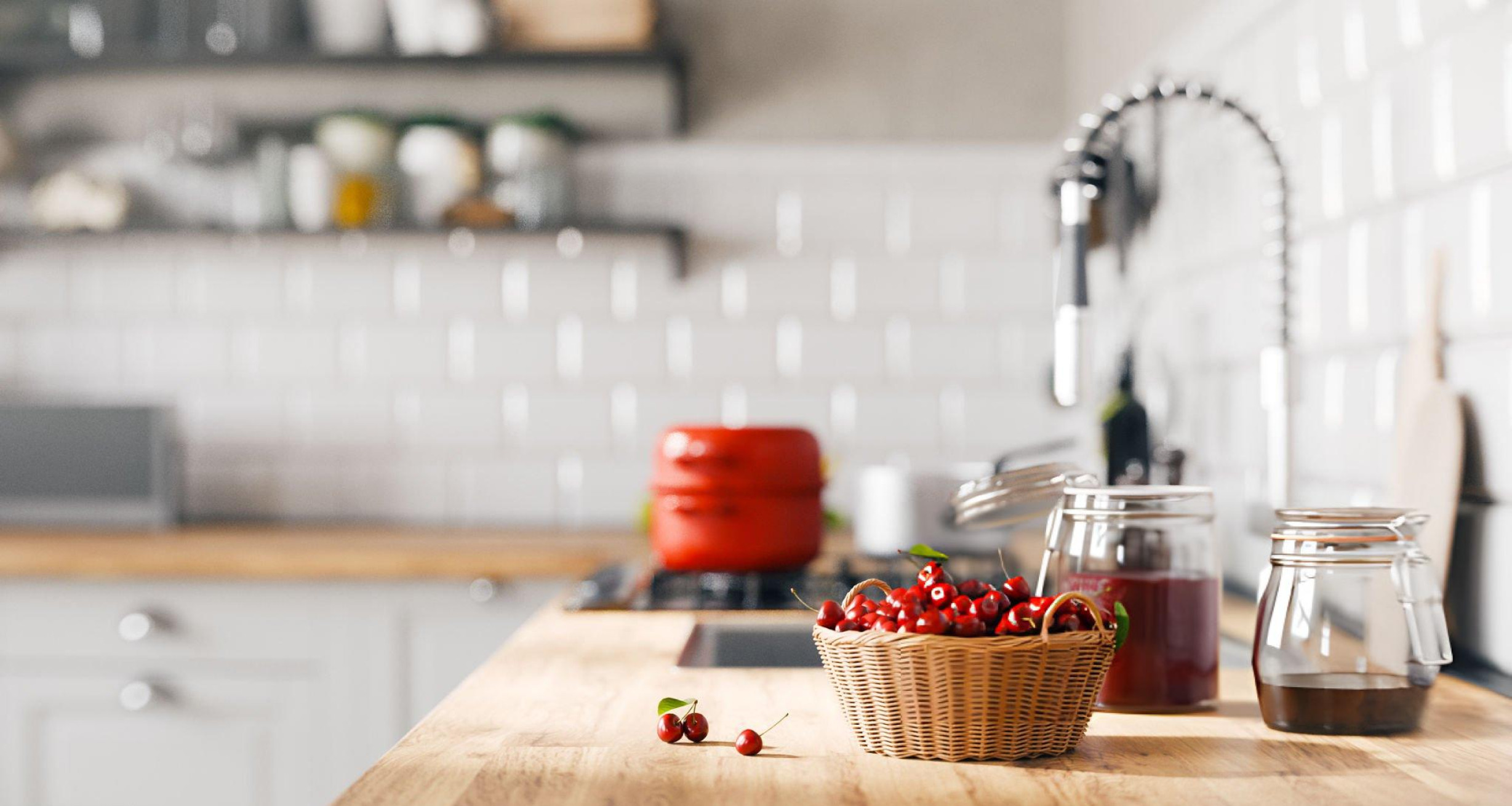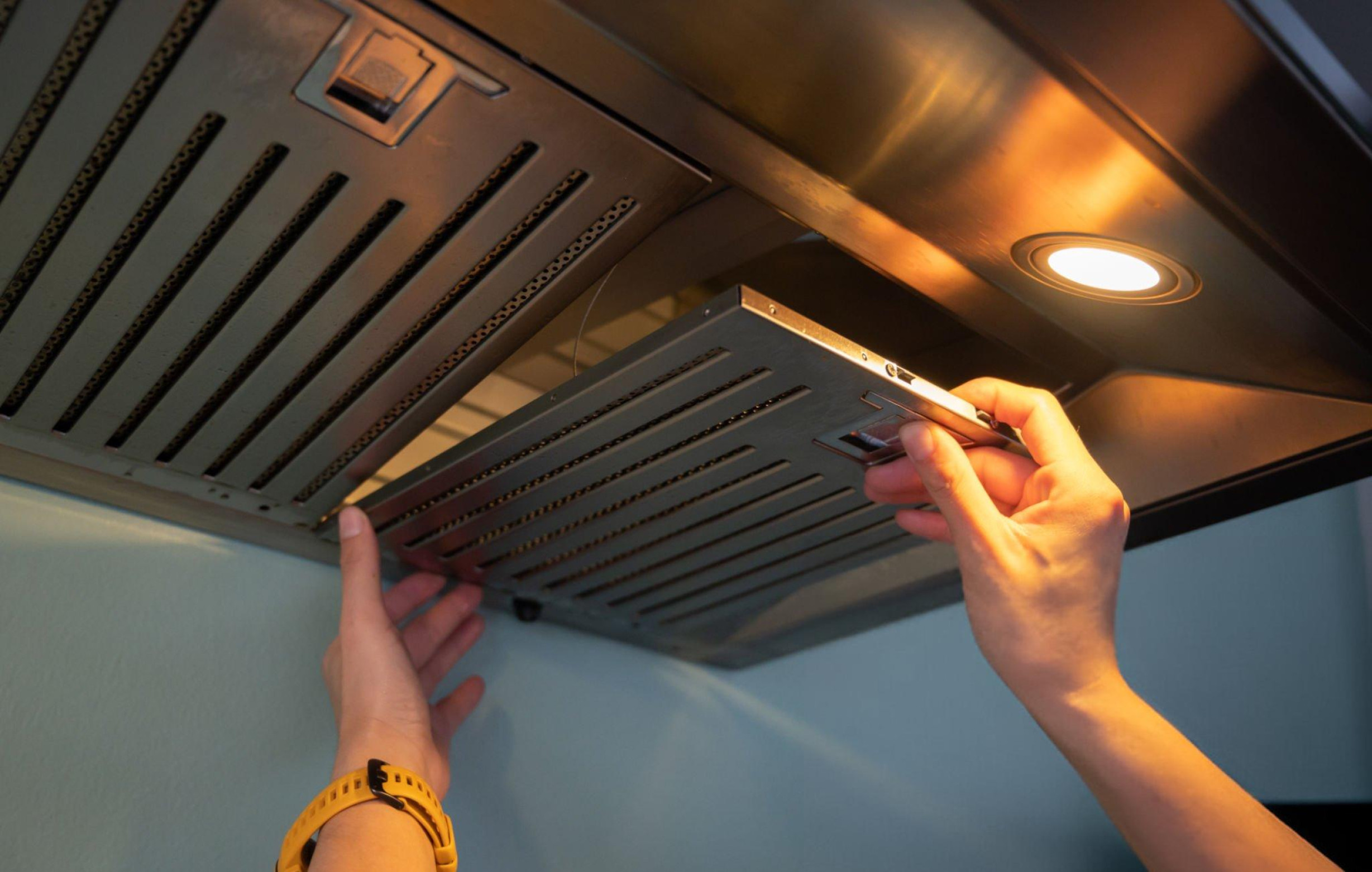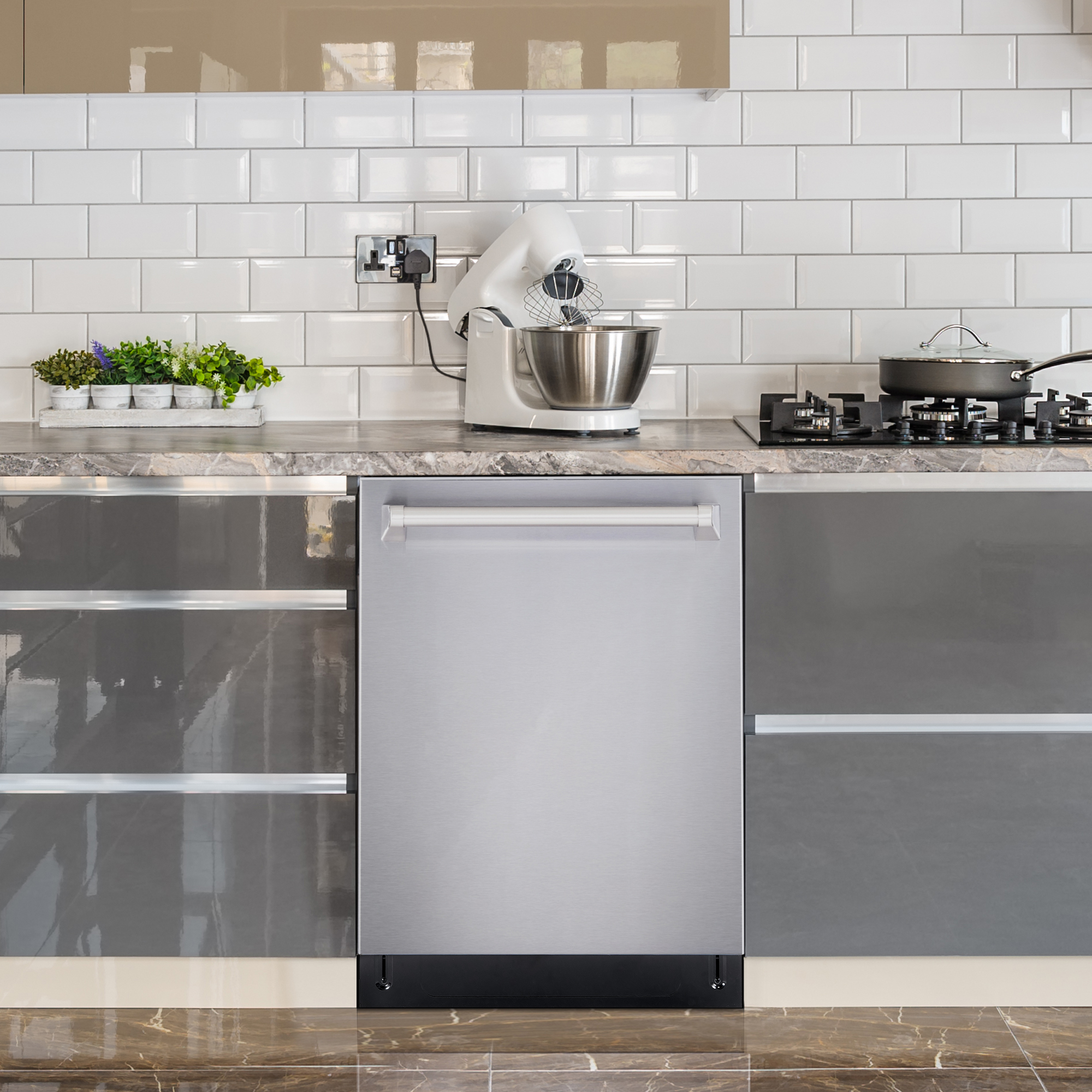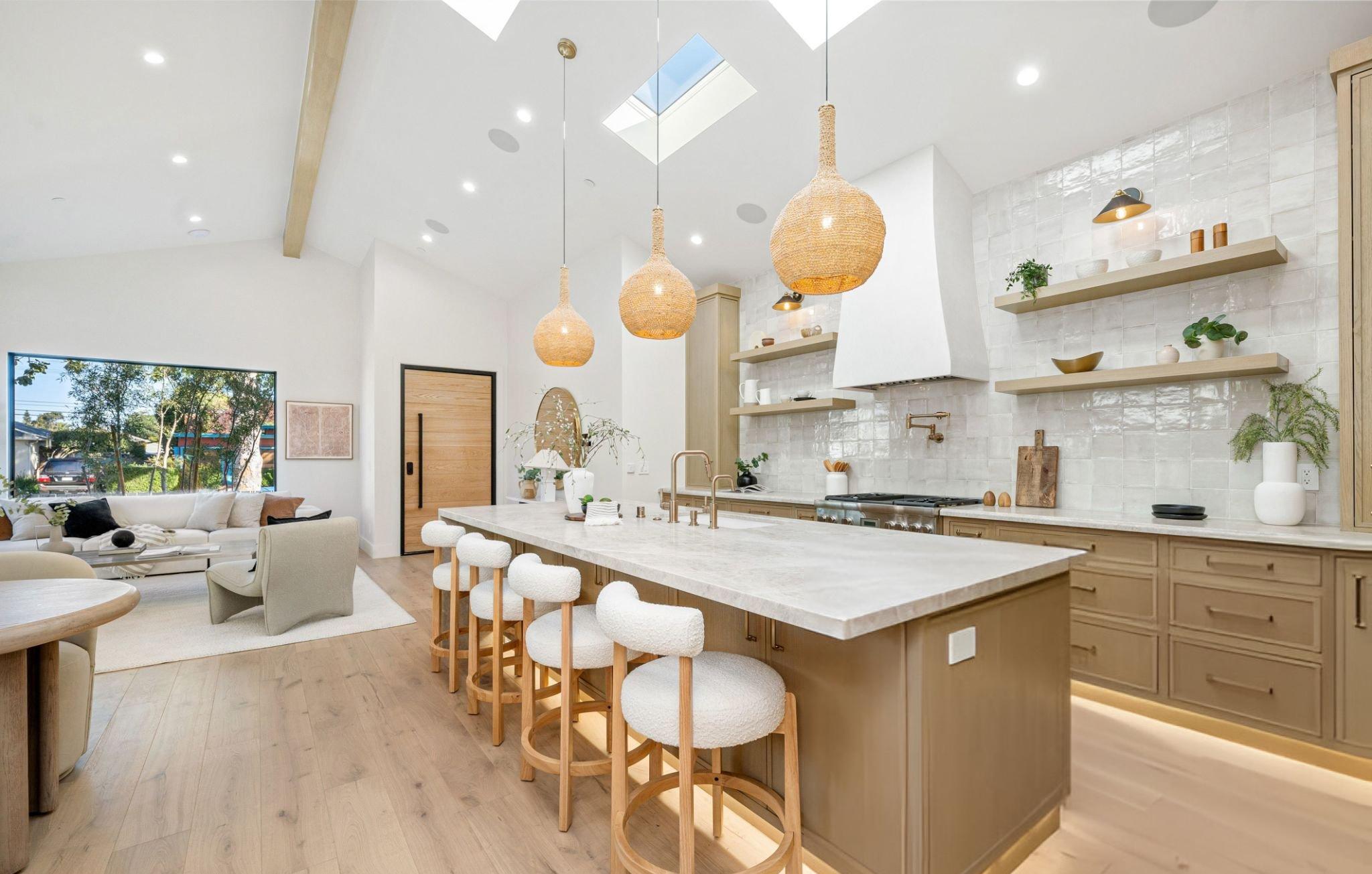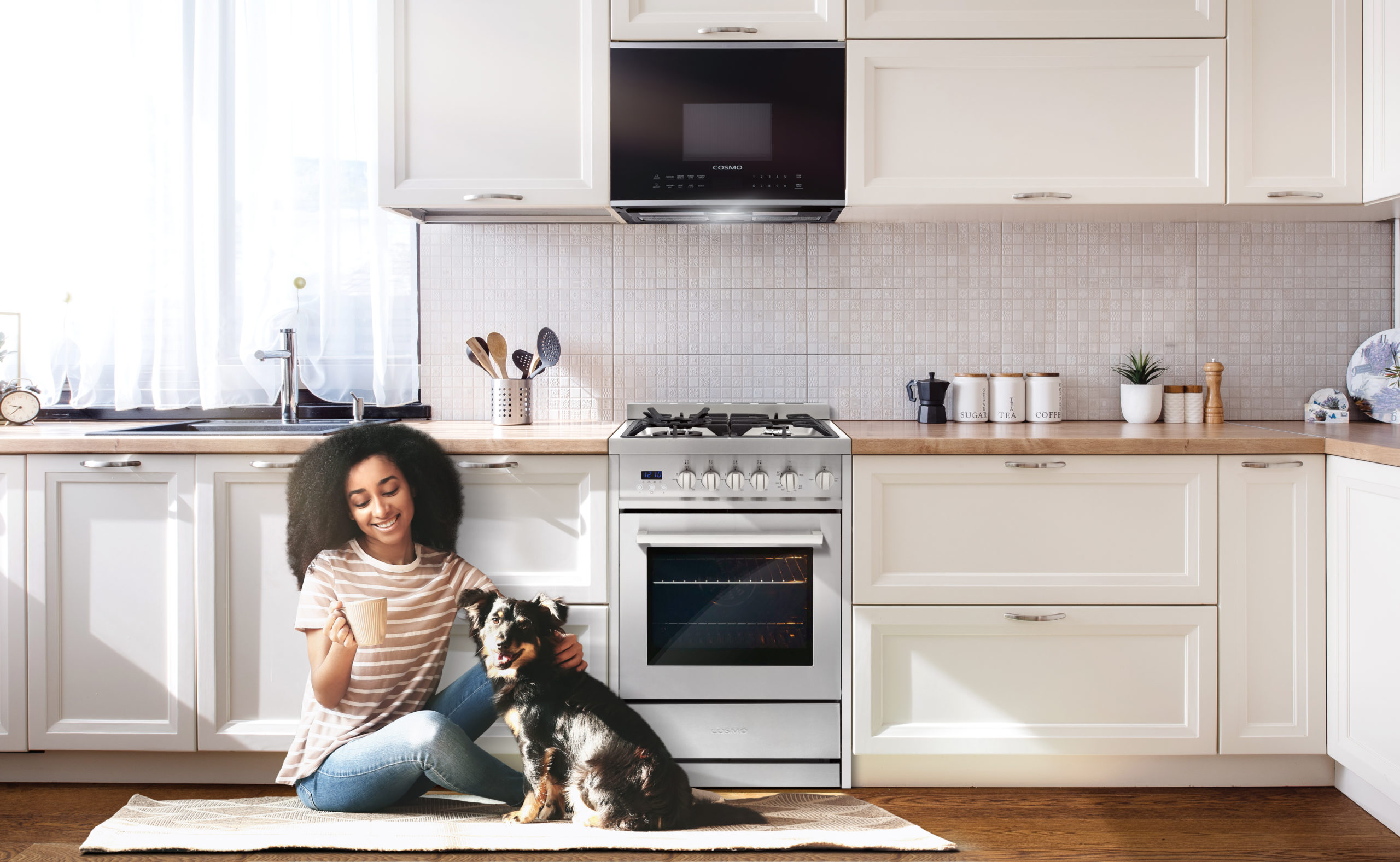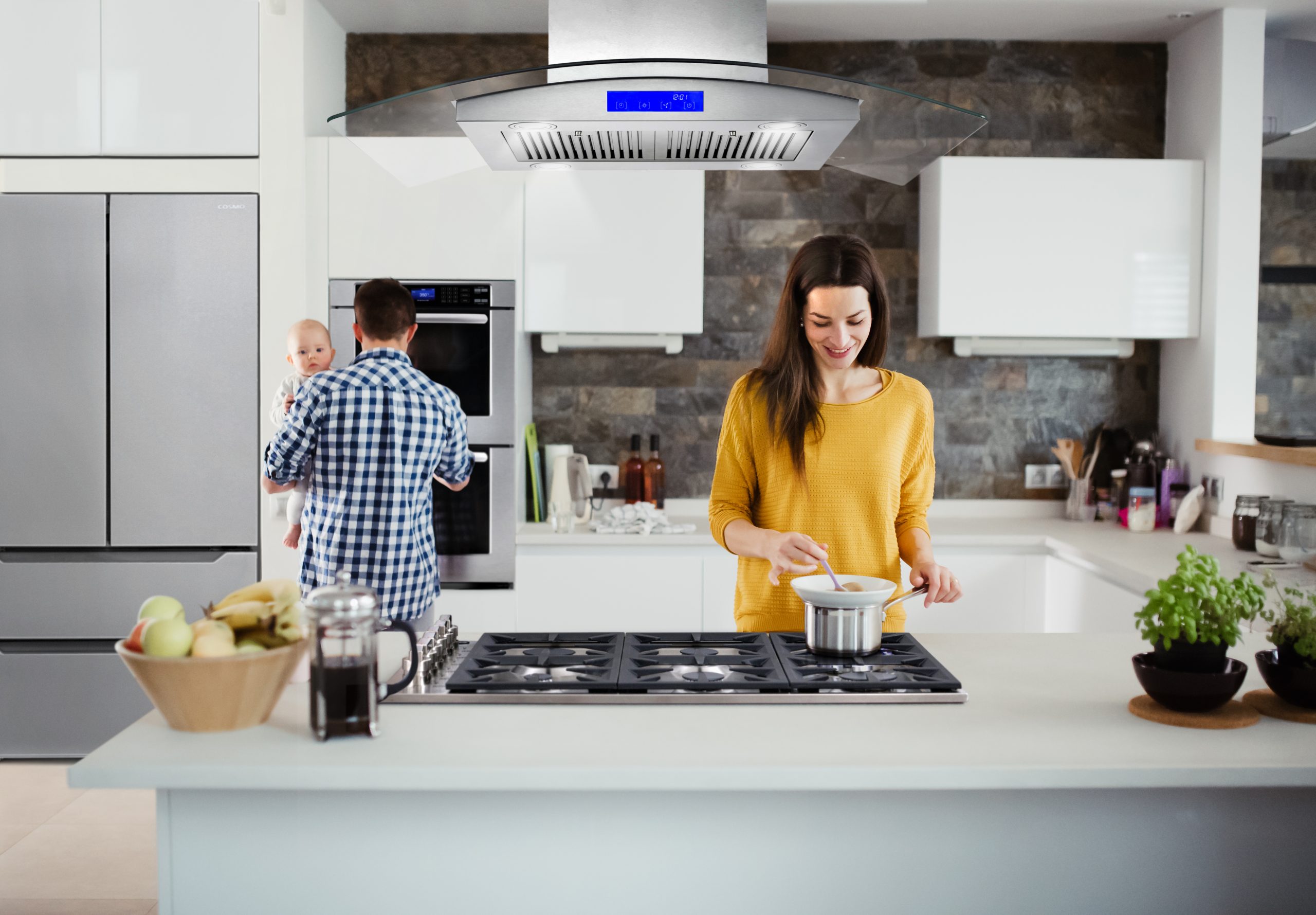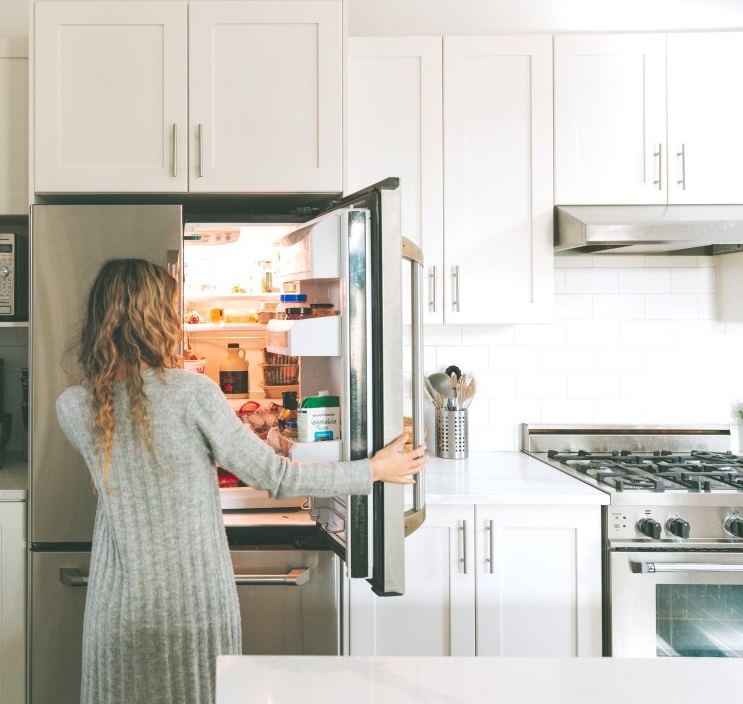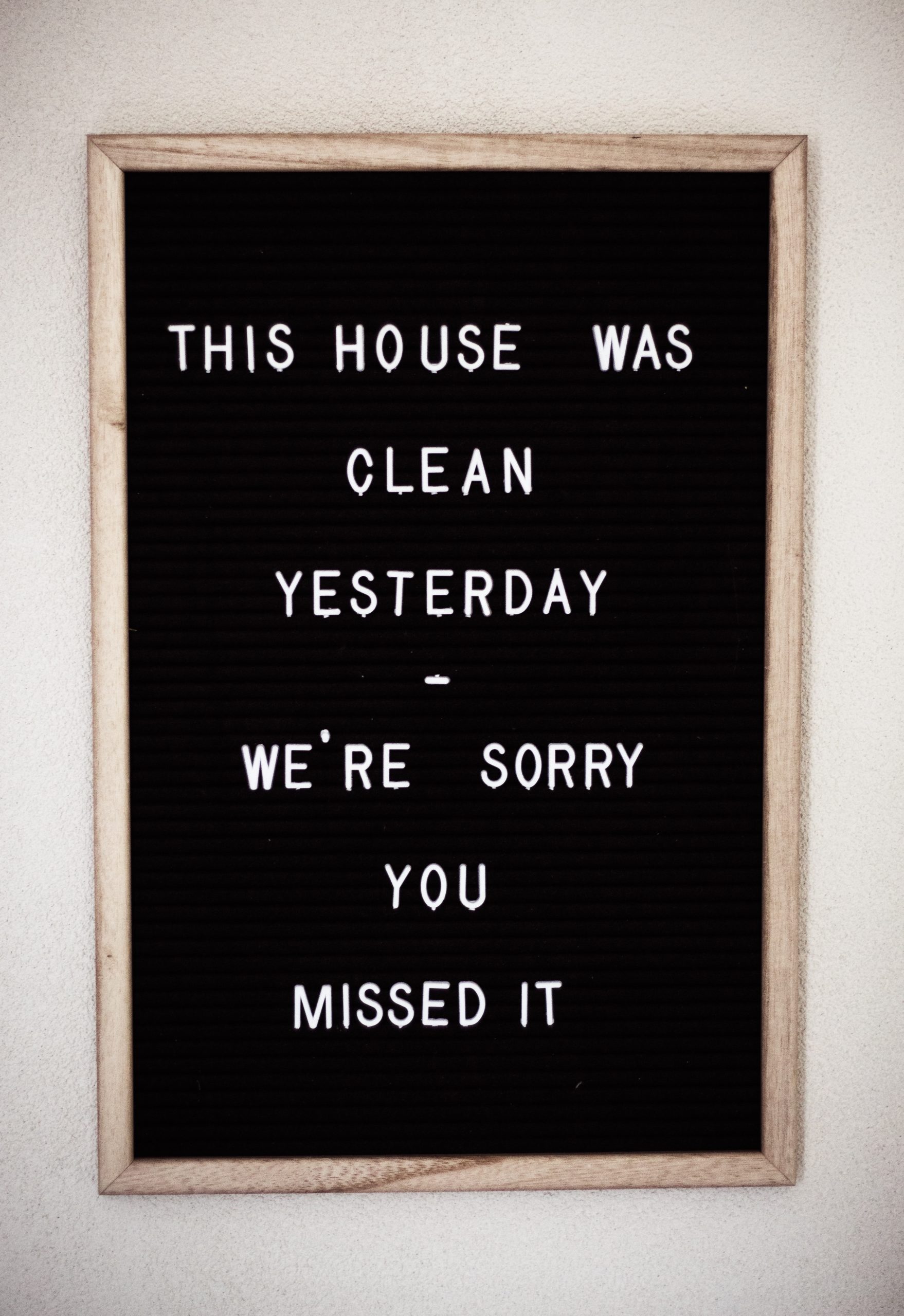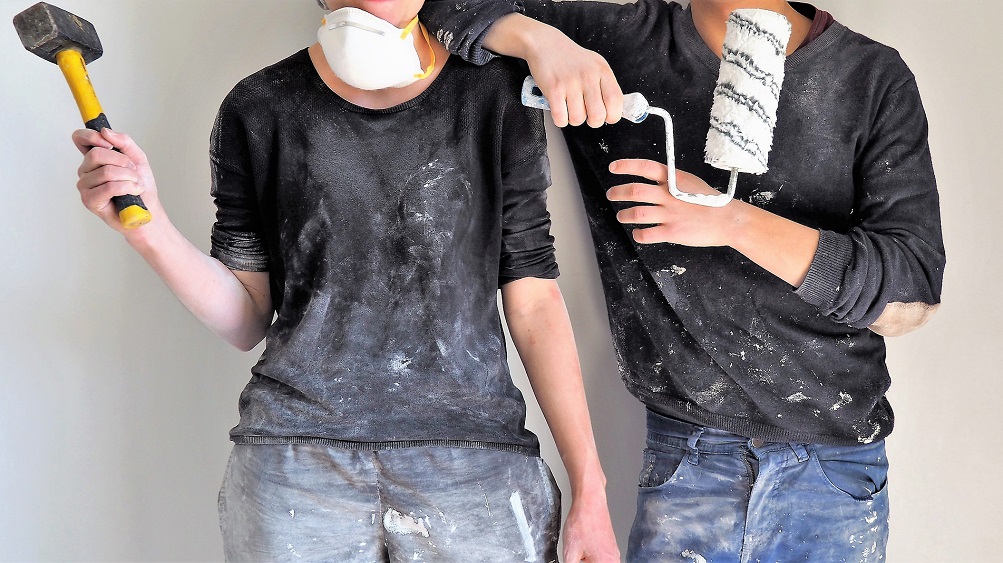Kitchen Countertop Materials Compared: Pros, Cons, and Real-World Performance
Choosing kitchen countertops represents one of the most important decisions in any kitchen renovation or new construction project. Your countertops affect daily functionality, maintenance requirements, visual appeal, and resale value while requiring a substantial financial investment. With numerous materials available, each offering different combinations of durability, aesthetics, cost, and maintenance needs, understanding the real-world performance of each option helps you make choices you’ll be happy with for many years. Beyond marketing claims and showroom appearances, countertop materials reveal their true character through daily use in busy family kitchens. Some materials that look stunning in displays require constant maintenance or prove vulnerable to common kitchen hazards, while others that seem plain initially develop beautiful patina and provide decades of reliable service with minimal care. Granite: The Classic Natural Stone Choice Granite has dominated kitchen countertop selections for decades, offering natural beauty, durability, and prestige that many homeowners desire. Understanding both its genuine advantages and real limitations helps determine whether granite fits your lifestyle and priorities. Natural beauty and uniqueness come from granite’s geological formation, with each slab featuring distinctive patterns, colors, and mineral variations. No two granite countertops are exactly alike, providing organic visual interest that manufactured materials can’t replicate. Heat resistance makes granite excellent for serious cooking, as you can place hot pots and pans directly on the surface without damage. This practical advantage appeals to home cooks who want countertops that handle real cooking demands. Scratch resistance from granite’s hardness protects against knife marks and daily wear that damage softer materials. While not completely scratch-proof, granite withstands normal kitchen use better than many alternatives. Sealing requirements represent granite’s main maintenance demand, with most granite needing resealing every 1-3 years depending on porosity and use. This process is simple but necessary for preventing stains and maintaining appearance. Stain vulnerability varies significantly between granite types, with lighter colors and more porous varieties requiring more careful maintenance. Acidic substances like lemon juice or wine can etch some granites if not wiped quickly. Cost considerations place granite in the mid-to-high range at $50-150 per square foot installed, depending on color rarity, thickness, and edge details. Common colors cost less than exotic varieties. Weight and support requirements demand strong cabinets and proper installation, as granite’s substantial weight can exceed standard cabinet capacity without reinforcement. Quartz: Engineered Stone Performance Quartz countertops combine natural quartz crystals with resins and pigments to create engineered surfaces that offer consistent appearance and performance advantages over natural stone in many applications. Non-porous surface eliminates sealing requirements while resisting stains, bacteria growth, and moisture penetration. This low-maintenance characteristic appeals to busy families who want beautiful countertops without constant upkeep. Consistent patterns and colors result from the manufacturing process, allowing you to select and preview exactly how finished countertops will look. This predictability appeals to homeowners who want specific aesthetics without natural stone’s variability. Durability and scratch resistance match or exceed granite for normal kitchen use, though quartz can chip at edges if struck hard. The engineered composition provides reliable performance across all color options. Heat sensitivity represents quartz’s main limitation, as high heat can damage the resin binders. Always use trivets or hot pads rather than placing hot pots directly on quartz surfaces. Color and pattern variety has expanded dramatically, with manufacturers offering options from solid colors to realistic marble looks. Modern quartz can mimic virtually any natural stone appearance. Cost comparison puts quartz at $60-150 per square foot installed, similar to granite but with less variation between colors. The consistent quality across price ranges provides better value predictability. Environmental considerations vary, with some viewing engineered quartz as less sustainable than natural stone while others appreciate its use of stone remnants that might otherwise be wasted. Marble: Elegant Beauty with Special Care Requirements Marble provides unmatched elegance and luxury appeal, but its performance characteristics demand understanding and acceptance of maintenance needs and limitations that make it unsuitable for some lifestyles. Timeless beauty and prestige have made marble symbols of luxury for centuries, with distinctive veining and luminous surfaces that many homeowners desire despite practical limitations. Soft and porous composition means marble scratches, stains, and etches more easily than granite or quartz. Acids from citrus, tomatoes, and wine can permanently etch the surface even with quick cleanup. Patina development over time creates character that some homeowners love while others view as damage. Marble naturally ages and shows use, developing a lived-in appearance that fits certain design aesthetics. Maintenance intensity requires immediate spill cleanup, regular sealing, and acceptance that marble will show wear. This material suits homeowners who embrace the natural aging process or commit to intensive care. Cost premium reflects marble’s prestige, with prices ranging from $75-200+ per square foot depending on type and quality. Carrara marble costs less than Calacatta or Statuario varieties. Best use cases include low-traffic areas like baking stations or bathroom vanities where marble’s beauty can be enjoyed with less exposure to damaging substances and activities. Heat resistance matches other stone materials, allowing hot pots without damage, though thermal shock from extreme temperature changes should be avoided. Butcher Block: Warm Wood Appeal Wood countertops provide warmth, natural beauty, and practical cutting surface advantages, though they require different care and acceptance of changing appearance over time. Natural warmth and texture create inviting spaces that soften the hard surfaces typically found in kitchens. Wood adds organic elements that make kitchens feel more comfortable and less institutional. Cutting surface functionality allows you to chop directly on butcher block, eliminating cutting boards for some tasks. This convenience appeals to serious cooks who appreciate integrated work surfaces. Maintenance requirements include regular oiling to prevent drying and cracking, with food-safe mineral oil being the standard treatment every few months depending on use and appearance. Water sensitivity demands prompt cleanup of spills and avoiding standing water that can cause staining, warping, or bacterial growth. Wood requires more attention than stone or engineered materials. Scratches and dents accumulate over time but can be sanded out, allowing periodic renewal that restores appearance. This repairability provides long-term

